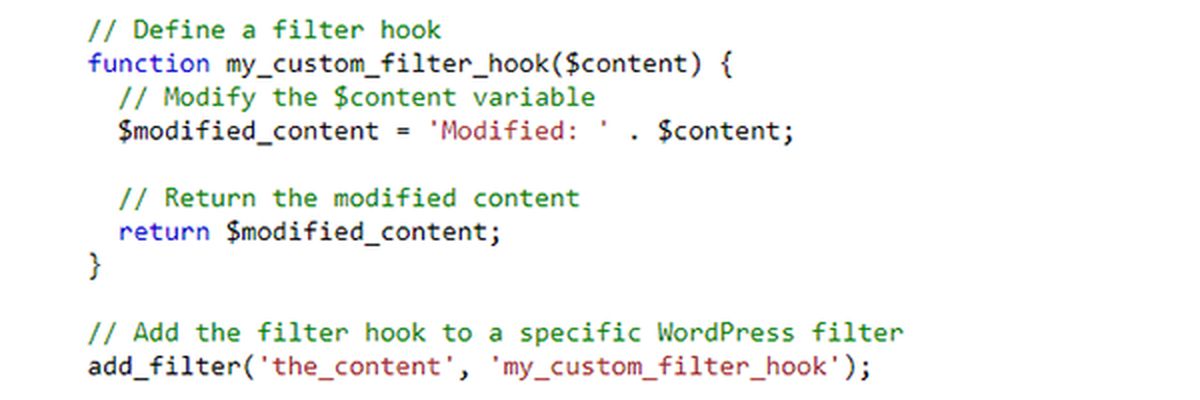What is a Hook? Think of WordPress as a house. Hooks are like special tools for adding, changing, or removing things without messing up the main structure. Developers use them to make WordPress work better, like adding new rooms or changing furniture.
Even if you’re not a builder, you can use hooks too. Imagine online code snippets as ready-made furniture. Copy and paste them into your website like adding furniture to your house.
Just be careful, not all furniture fits perfectly.
In a nutshell, hooks are simple tools that make WordPress flexible and easy to customize, even if you’re not a pro.
Table of Contents
Understanding Hooks in WordPress
Just like how we use building blocks to create WordPress plugins and WordPress themes. Hooks are like special tools that let developers tweak how WordPress works without messing with its main files. Instead, they can add their own code to specific parts of WordPress.
Coder/Developers use hooks to make WordPress do new things or change how it works. By using actions, you can make your theme even more unique by adding bits of code from online guides.
Remember, it’s super important to create a backup of your WordPress site’s code before you start making any changes. This helps protect against any mistakes in your code. If you don’t have a backup plugin yet, you can get advice from our comparison of the best WordPress backup plugins.
Now, let’s dive into the two main types of hooks in WordPress!
Understanding Filter Hooks in WordPress
Think of a filter like a handy tool that can tweak how a specific function works. It does this by changing the data it gets before showing it on your WordPress webpage. For instance:

Filters are like flexible tools that can do lots of things. They can shrink text, alter how stuff looks, insert links into posts, adjust how blocks are shown, and even change settings that were taken from the database.
Understanding Action Hooks in WordPress
Think of an action as a powerful command that can change how a specific function behaves. It does this by using information from WordPress to get a task done. Once the task is done, there’s no need to talk to WordPress anymore. For example:

Actions can be like commands to make things happen, such as publishing a post, activating a plugin, adding extra widgets to a sidebar, putting up a promotional message on a webpage, or including a menu in a header.
Now You Know “What is a Hook in WordPress?’
To sum it up, WordPress Hooks are powerful tools that empower developers to change and add features without messing with the main code. They provide flexibility to add custom code to specific parts of WordPress, making it easy to customize websites based on specific needs.
Read More: What Is Admin Area In WordPress?
Contact US | ThimPress:
Website: https://thimpress.com/
Fanpage: https://www.facebook.com/ThimPress
YouTube: https://www.youtube.com/c/ThimPressDesign
Twitter (X): https://twitter.com/thimpress